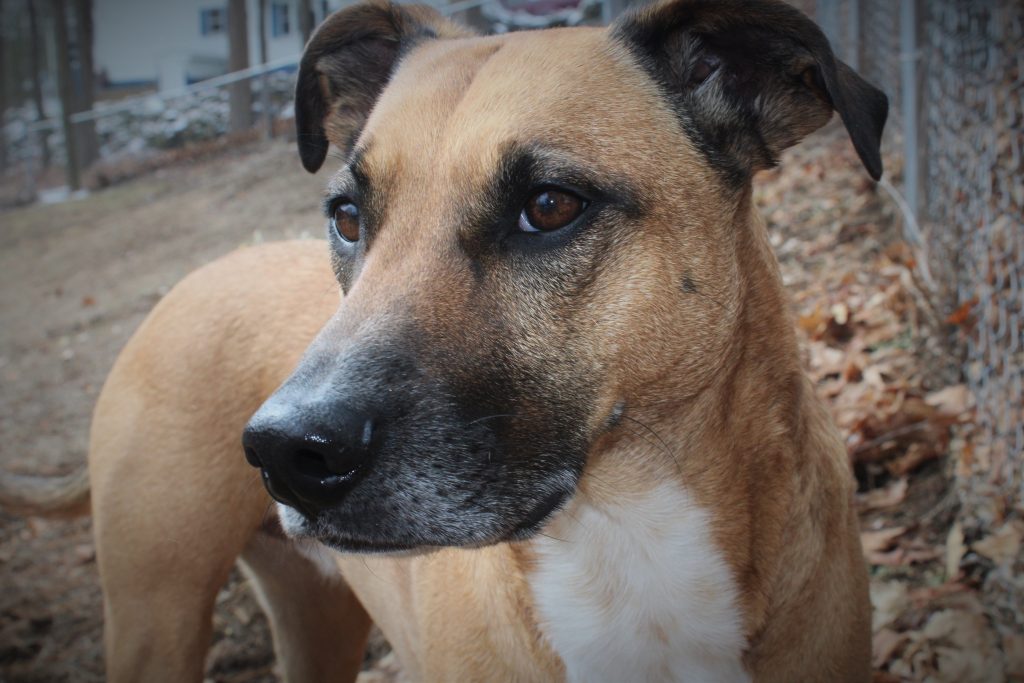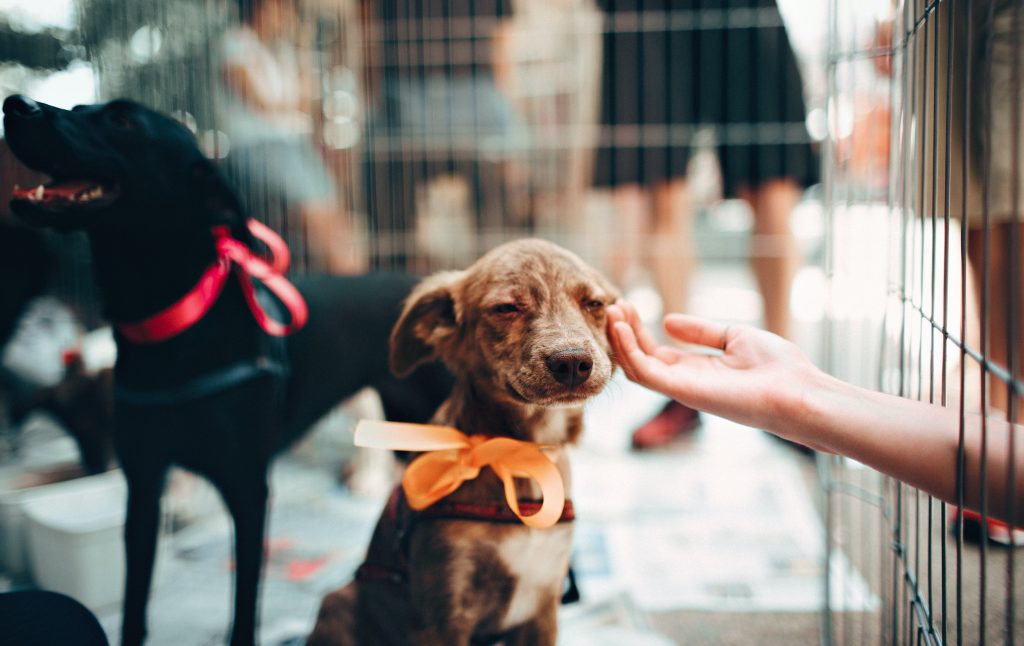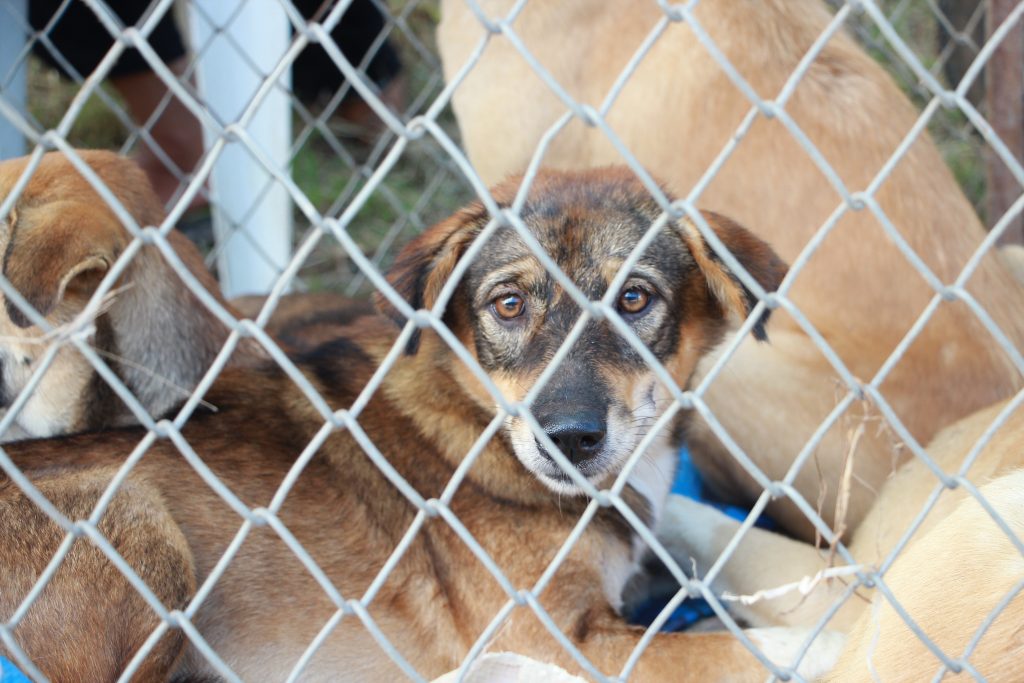
An American SPCA in St. Hubert’s, Madison, New Jersey, has revolutionized the rehabilitation of traumatized dogs. This Animal Welfare Center is unique with a new approach. The dogs are given a strict program and strict socialization and training for 3 months – consistently. That is 3 months in a consistent environment, with familiar professional trainers, handlers and veterinarians on hand.
The professionals work with the dogs everyday. The dogs get regular care, food, water and outside time. Everyday. In a few weeks the dog’s start to transform. They lose their fear of people, they gain social skills, they are re-integrated and ready to be a domesticated dog. They are eligible for adoption into family homes.
Traumatized Rescue Dogs Get a Second Chance With Rehabilitation
How This ASPCA Study is Different?
In the past, both American and Canadian SPCA had a more casual set up. I used to volunteer in a Canadian SPCA. You trained the dogs on basic obedience. You made sure their kennel was clean and you could walk them. But you weren’t designated to a specific dog. You worked with a different dog each time you came. The dogs were fed and watered and generally cared for, but not purposefully rehabilitated. However, in the end, most of the dogs were adopted. A few were transferred to another SPCA location to attract different families.

Why Rehabilitation Makes A Difference?
Many of these dogs can be very fearful and withdrawn. If forced they will act aggressively and may even attack or bite to be left alone. Providing consistency and rehabilitating them to human touch, and touch to their ears, paws and tail, gets them used to the way humans show affection.
Please remember these dogs have had a rough start. No human contact, dirty and cramped living space. And no regular routine for walks and food. No toys. Can you imagine a dog or puppy not knowing how to play with a squeaky toy?!
Why Intense Rehabilitation Will Be Effective?
The new 3 month dog rehabilitation program initiated in the States, combines specific tests and learning-through-play to debrief. Each dog is on a daily program and evaluated by consistent trainers. As strengths and challenges present themselves the team is able to further tailor the training to benefit the dog’s development.
It is really most rewarding to see the dogs learn from other dogs! As the dogs and puppies are housed in a consistent caring environment at this institution, they start to observe other dog’s behaviors and gain the confidence to “come out of their shell” and be a dog!
Also, to see dogs and puppies learn to play with colorful commercialized toys and enjoy themselves with people and other dogs, is really a turning point for these dogs in terms of their ability to succeed in the program.
What Is Next For These Dogs?
After graduation from this program the dogs will be eligible for adoption to family homes. The hope is that the new intense program will improve rates of adoption of the rescue dogs as well as improve overall temperament of rescue dogs for long-term sustainability. Therefore both a rescue dog and the new family can be a great fit for life! The new program is a 2 year trial, in the States only, for now.
The staff of professionals report that they expect most dogs to graduate, but they do expect that there will be some that do not. The ones that can not overcome their fear-based aggression and anxiety even with several program modifications will likely be euthanized, but these are the most extreme cases. The staff remain hopeful that this program in general will greatly reduce the rate of euthanasia of rescue dogs overall for multiple reasons.
In Summary
This article discusses a new program for dog rehabilitation initiated in the States only for now. What makes this research trail for changing dog behavior so revolutionary is that a team of professionals are working consistently for 3 months with severely traumatized dogs that were rescued from appalling conditions. Many of these dogs are withdrawn, or have fear-based anxiety and depression and require positive Behavioral therapy just to get used to people, other dogs, learn to play, and learn to enjoy squeaky toys.
UPDATE Added July 20th, 2022
Read this article to follow up on the canine rehabilitation study. Many of the dogs were adapted and the Welfare center was given a permanent new house now in North Caroline. Browse the healthy, social dogs who were sucessfully adapted, and readmore on graduating to a new facility below:
Update on Caine Welfare Centre’s Rehabilitation Program 2 year pilot Project
Other Articles on Dog Behavior:
- Dog Separation Anxiety Behaviors
Even though they chose crate training, this dog does most of his destruction when the family is away during the day. He has chewed his way through kennels and destroyed clothing, shoes and furniture all the while he is free and unattended. When the f - Treating Chronic Urinary Tract Infections in Older Dogs
Our Weimaraner, Titan, is 14 years old. When he was first diagnosed with a urinary tract infection, we were relieved that it was easily treatable. Then it happened again. Now what?
Have You Adopted a Rescue Dog? Share Your Experience

